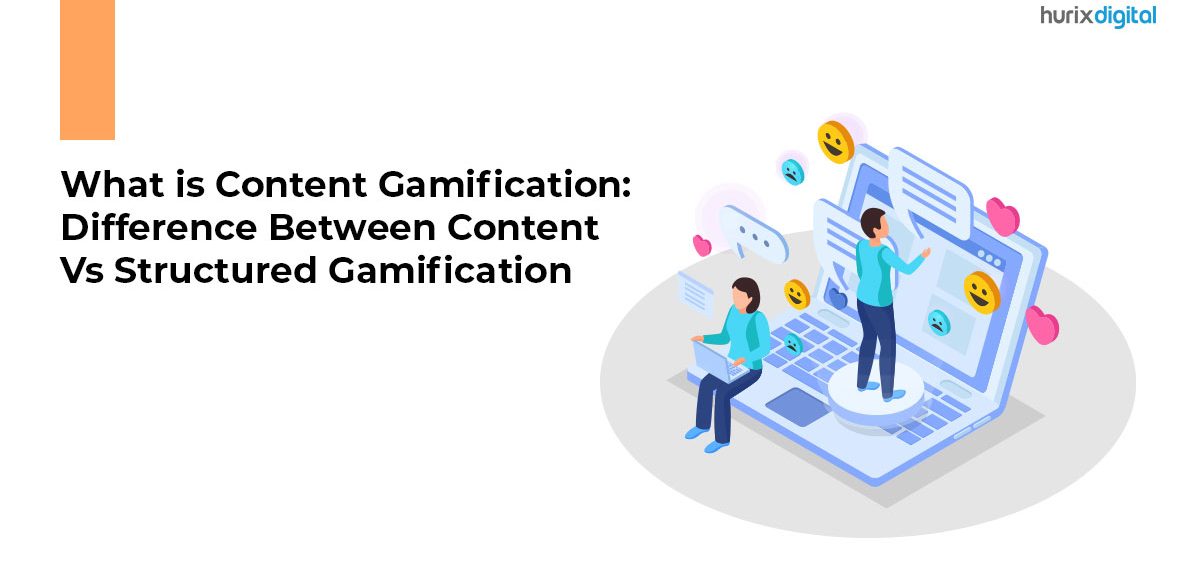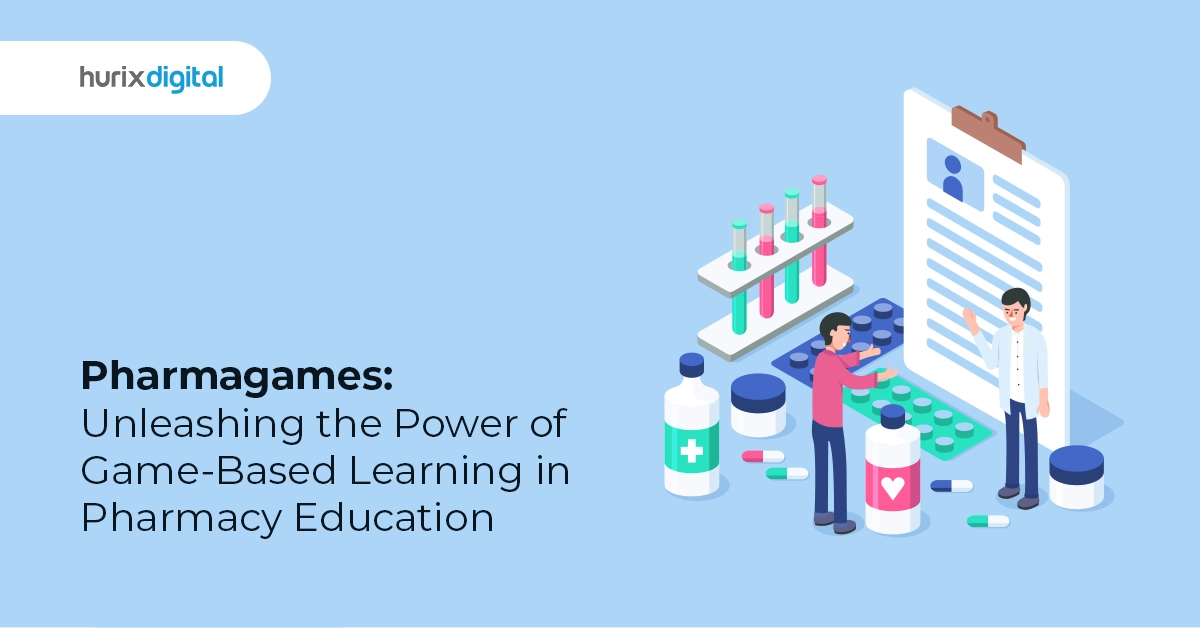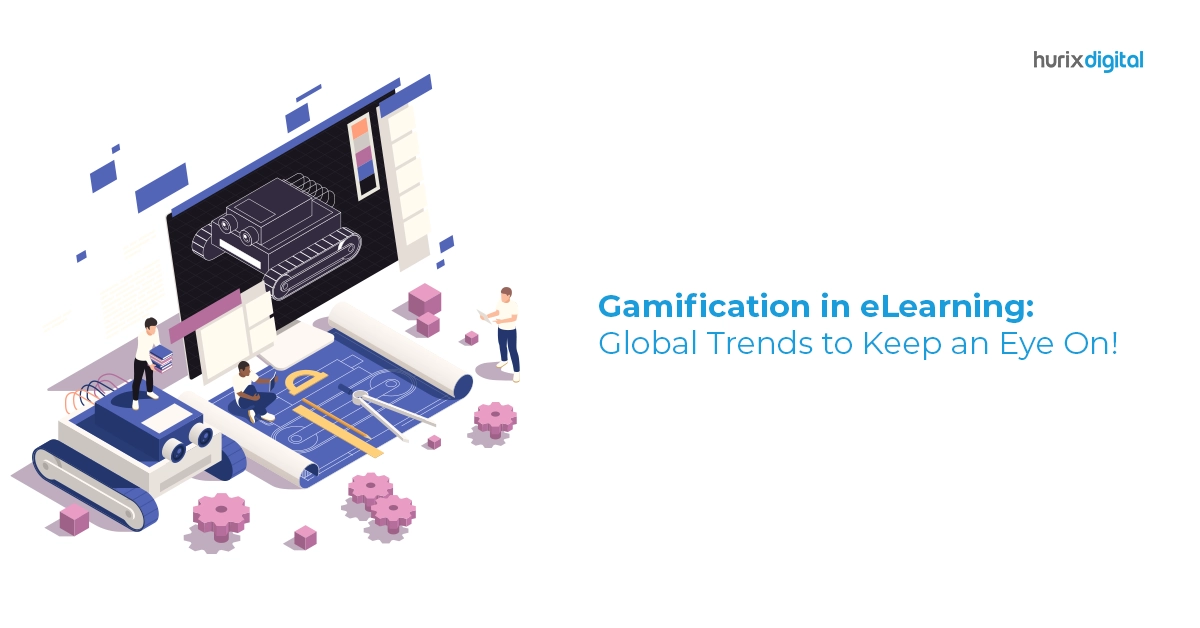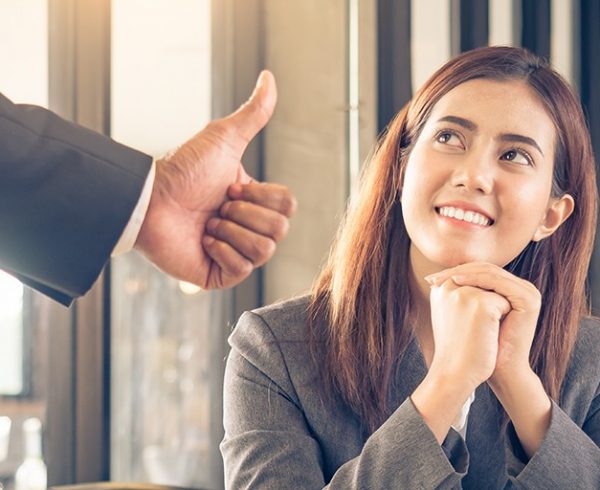Content gamification refers to the addition of game elements to content, often for educational or instructional purposes. It can be described as the application of game thinking to instructional or educational content.
Here are some important statistics to consider:
- The global market for gamification strategies is expected to reach a value of $58.8 billion by 2028, with education being ranked as the top segment.
- E-learning gamification is a popular corporate learning strategy to make online training more interactive. In e-learning, gamification is particularly prevalent because of the scope for gamification that online tools allow.
- A Gartner report predicts that more than 70% of businesses in the list of the top 2000 global companies have already adopted gamification as a strategy.
By adding game elements to educational content, you make the learning process more game-like. Game elements could include points, badges, and leaderboards.
Some more examples include adding story elements to a course, presenting learners with a challenge, or having a character narrate content in an online course.
There are two types of gamification of learning: structural gamification and content gamification. While both make for a game-like experience, there are several differences between them.
Content Gamification vs. Structural Gamification
The differences between content gamification and structural gamification are given below.
Structural gamification refers to the process of application of game elements to learning content without changing the content. The gamification is designed and structured around the content.
The main aim behind structural gamification is to motivate the learner to proceed through the content and engage them in it through rewards.
For instance, the learner would gain points for completing a course segment or an assignment. The learning material itself may have no game elements, but the points or badges at the end are the game element.
Content gamification refers to the application of game elements and thinking to content and altering the content to make it more game-like. In this kind of gamification, the learning material itself has game elements like characters or other story elements like scenarios.
Game Elements and Mechanics
In structural gamification, game mechanics and elements like badges and points can be added to support the learning content. These elements can be added without changing the learning content: they are independent of the learning content.
Content gamification uses game elements and mechanics like challenges, storytelling, and feedback loops to engage learners.
Rewards act as an incentive to motivate learners and make the learning process more engaging. The rewards are designed around the content to make it more related to the topics.
Learning Objectives
In structural gamification, the learning objectives are not a part of the gamification process. The game elements are more to do with the results, such as the points obtained.
In content gamification, the learners are usually not aware of the learning objectives. For example, the learner may be explained a process and is then required to answer questions based on the content to earn rewards.
Cost Involved
The initial cost involved in developing structured gamification is usually higher since it involves developing a platform on which gamification elements can be introduced.
The cost of development for content gamification is more of a continuous nature because the content may keep changing. The process of developing it requires changing the content to make it more game-like.
Updating Content
With structural gamification, it is possible to easily update content with only minor changes to the content design. By changing the instruction design, you can make the content more learner-friendly.
With content gamification, updating the content may require changes to the content design as well. Major content rework and organization are usually required.
Development
The time taken for structural gamification differs based on the kind of gamification platform being developed. Once the platform is developed, the process is straightforward: the content has to be added to the platform. It is easier to develop and can be quickly applied.
Content gamification requires more time and planning because the content itself is developed or changed to make it more game-like. While the conceptualization takes a long time, the development time may not be as long.
Other delays may be involved because it requires coordination with the instructors or educators regarding the learning material. It is usually more time intensive, costs more to develop, and may require more testing.
Function
With structural gamification, the content itself does not become a game, but it is presented in a game-like structure. This can be described as a template-based approach. You can plug in different content into the game-like template. This makes it more time and cost-efficient.
In content gamification, the content is usually turned into a game or given game-like elements. Since the structure is created for specific content (as opposed to being a general gamified template), it is usually best suited for one-time use.
Once developed, it can only be used for that specific learning material.
The game elements are based on the context and application of the content. For example, in Monopoly, the game elements like buying houses are all related to the content topic itself – real estate.
Reusability
Since there is no alteration or change to the content in structured gamification, the gamified template can be used for different training modules.
Once it is developed, content gamification can be used only for that particular topic.
Best Use
Structural gamification is best used to improve engagement for organizational processes such as mandatory compliance and inducting new hires. The gamified structure makes it more engaging for employees.
Content gamification is best used for acquiring new skills since its interactive nature makes learning more effective.
To Wrap Up
When considering gamification of your learning material, keep in mind the differences between content gamification and structural gamification. Each one can be used for different learning materials based on the kind of content being delivered and the objective.
Hurix offers gamified learning solutions for e-learning and training. Its virtual learning solutions include puzzles, problem-solving games, scenarios, challenges, and more to keep learners engaged and motivated.
Reach out today to learn more!











